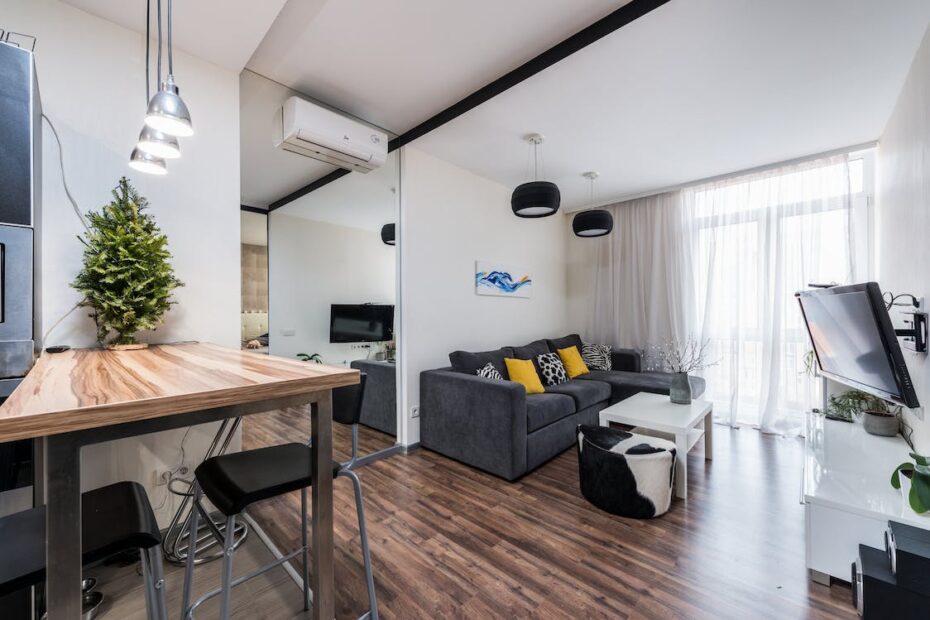Selling a home can be a daunting task, especially when faced with the decision of whether to sell it ‘as-is’ or invest time and money in repairs and renovations. For Pierce sellers, understanding the pros and cons of selling a home ‘as-is’ is crucial to making an informed decision.
Pros of Selling a Home ‘As-Is’:
- Faster Process: Selling a home ‘as-is’ can expedite the sales process since buyers are aware of the property’s condition upfront. This eliminates the need for time-consuming negotiations and repairs, attracting buyers who are willing to take on renovation projects.
- Cost Savings: Avoiding repairs and renovations can save sellers a significant amount of money. By selling ‘as-is,’ sellers can transfer the responsibility of repairs to the buyer, freeing up funds that would have been spent on fixing the property.
- Limited Liability: Selling ‘as-is’ can protect sellers from potential legal issues that may arise in the future. By disclosing all known defects upfront, sellers can avoid any claims against them once the property changes hands.
Cons of Selling a Home ‘As-Is’:
- Lower Sale Price: Selling a home ‘as-is’ may result in a lower sale price compared to a fully renovated property. Buyers often factor in the cost of repairs and renovations when making offers, reducing the potential profit for sellers.
- Limited Buyer Pool: Selling ‘as-is’ may limit the number of potential buyers interested in the property. Many buyers prefer move-in ready homes and may be hesitant to take on significant renovation projects, narrowing the buyer pool for sellers.
- Inspection Challenges: When selling ‘as-is,’ the buyer may still conduct a home inspection. If significant issues are discovered, negotiations may ensue, potentially leading to a price reduction or even a canceled sale.
Tips for Selling ‘As-Is’:
- Disclose Everything: Transparency is vital when selling ‘as-is.’ Disclose all known defects and provide detailed information about the property’s condition to avoid any legal issues down the line.
- Pricing Strategy: Set a competitive asking price that reflects the property’s condition. Consider obtaining multiple valuations from real estate professionals to ensure an accurate pricing strategy.
- Market Effectively: Emphasize the potential of the property and target buyers who are specifically looking for fixer-upper homes. Highlight any unique features or location advantages to attract potential buyers.
In conclusion, selling a home ‘as-is’ has its pros and cons for Pierce sellers. While it may result in a faster process and cost savings, sellers may need to accept a lower sale price and face a limited buyer pool. By understanding these factors and following recommended tips, sellers can make an informed decision that aligns with their goals and circumstances.
